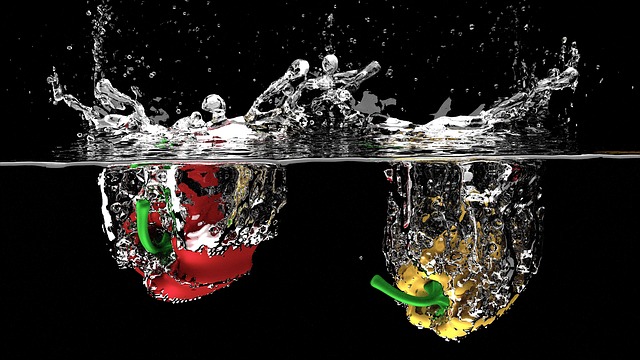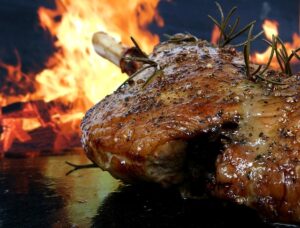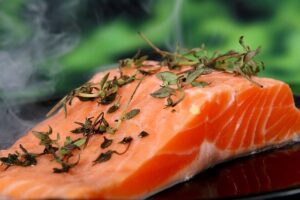Introduction
The thin filaments are an essential component of muscle fibers, playing a crucial role in muscle contraction. These filaments are primarily made up of a protein called actin, which forms the backbone of the filament. Actin is a highly conserved protein found in all eukaryotic cells and is involved in various cellular processes, including muscle contraction.
Structure of Thin Filaments
Thin filaments are composed of actin molecules arranged in a helical structure. Each actin molecule consists of a globular domain and a filamentous domain. The globular domain, also known as G-actin, is the monomeric form of actin, while the filamentous domain, known as F-actin, is the polymerized form that makes up the thin filament.
Actin molecules polymerize to form two intertwined strands, resulting in a double helical structure. This helical arrangement provides stability to the thin filament and allows it to interact with other proteins involved in muscle contraction.
Tropomyosin
In addition to actin, thin filaments also contain another protein called tropomyosin. Tropomyosin is a long, filamentous protein that runs along the length of the actin filament, covering the myosin-binding sites on actin molecules. This covering prevents the interaction between actin and myosin, thereby inhibiting muscle contraction.
Tropomyosin plays a crucial role in regulating muscle contraction by controlling the exposure of the myosin-binding sites on actin. When the muscle is at rest, tropomyosin blocks the myosin-binding sites, preventing the formation of cross-bridges between actin and myosin. However, during muscle activation, tropomyosin undergoes a conformational change, exposing the myosin-binding sites and allowing muscle contraction to occur.
Troponin
Troponin is another protein associated with the thin filaments. It is a complex of three subunits: troponin I, troponin T, and troponin C. Troponin is responsible for the calcium-dependent regulation of muscle contraction.
Troponin I binds to actin, troponin T binds to tropomyosin, and troponin C binds to calcium ions. When calcium ions bind to troponin C, it induces a conformational change in the troponin complex, which results in the movement of tropomyosin away from the myosin-binding sites on actin. This allows myosin to bind to actin and initiate muscle contraction.
Conclusion
In conclusion, the thin filaments in muscle fibers are primarily composed of actin, which forms a helical structure. Tropomyosin and troponin are associated with the actin filaments and play essential roles in regulating muscle contraction. Tropomyosin covers the myosin-binding sites on actin, preventing muscle contraction at rest, while troponin is responsible for the calcium-dependent activation of muscle contraction.
Understanding the composition and structure of thin filaments is crucial for comprehending the mechanisms of muscle contraction and the role of proteins involved in this process.
References
1. Alberts, B., Johnson, A., Lewis, J., Raff, M., Roberts, K., & Walter, P. (2002). Molecular Biology of the Cell. 4th edition. Garland Science.
2. Lehman, W., & Craig, R. (2008). Tropomyosin and the steric mechanism of muscle regulation. Advances in experimental medicine and biology, 644, 95-109. doi: 10.1007/978-0-387-85766-4_7.












